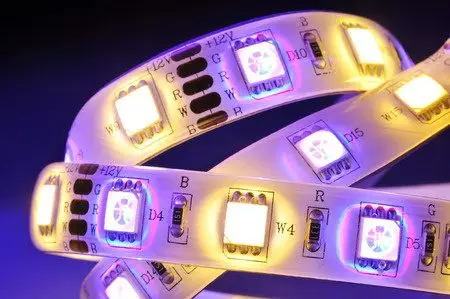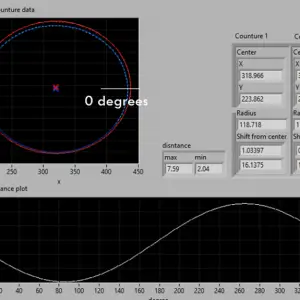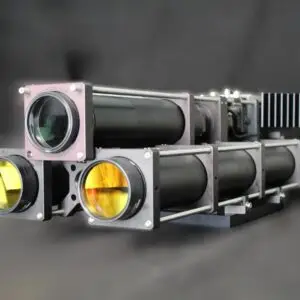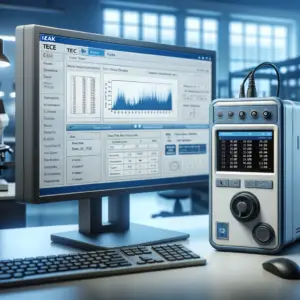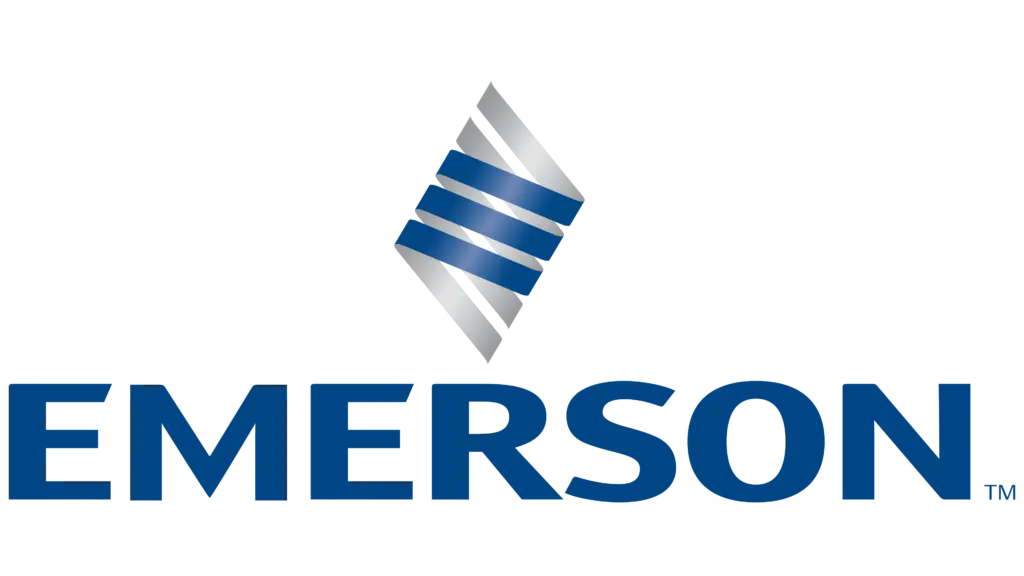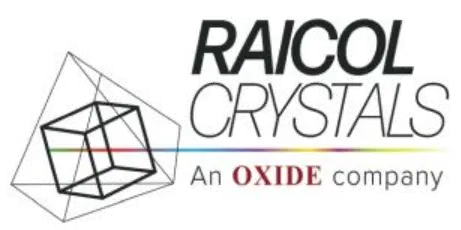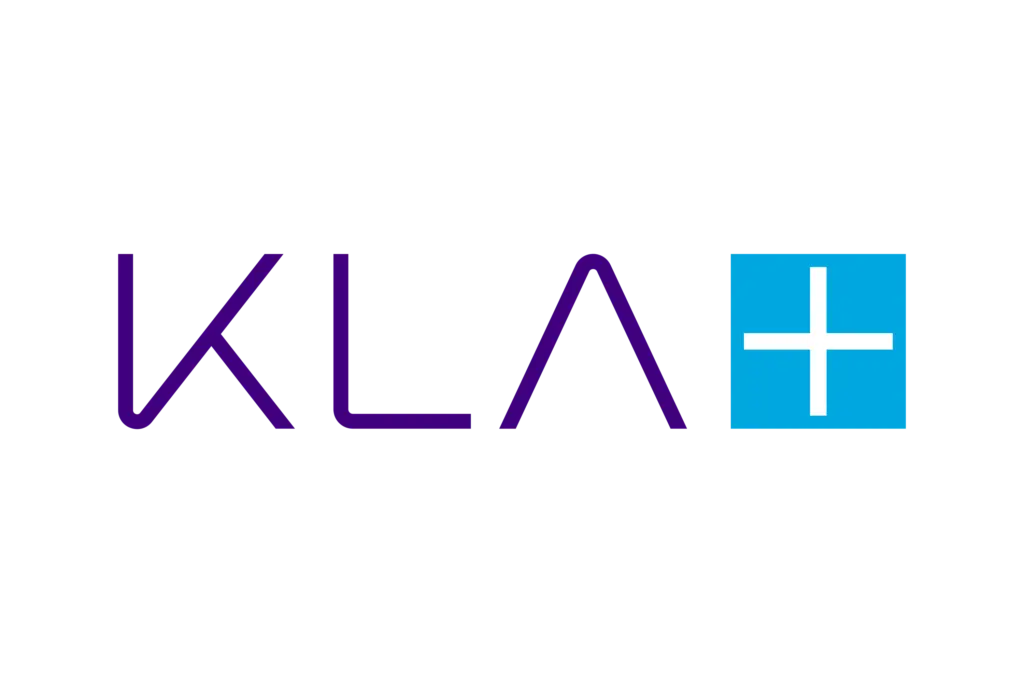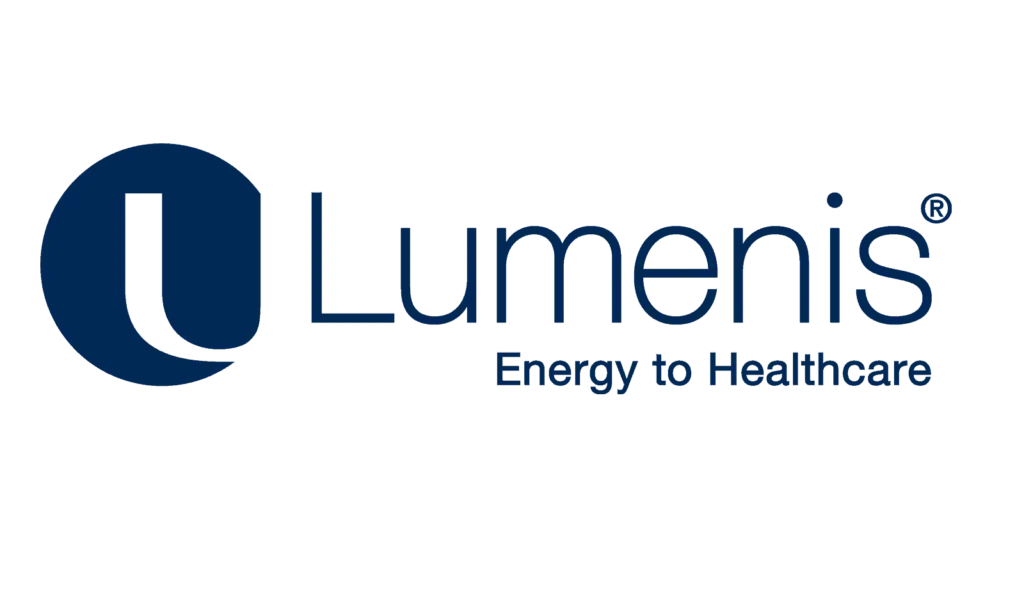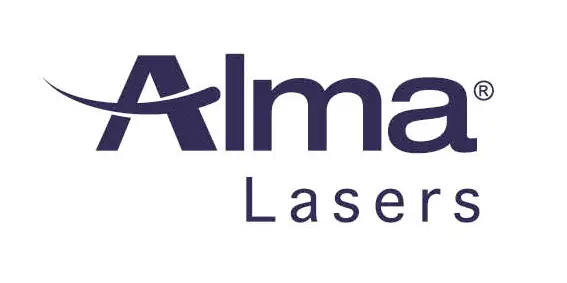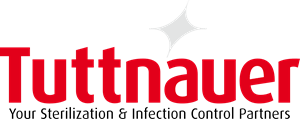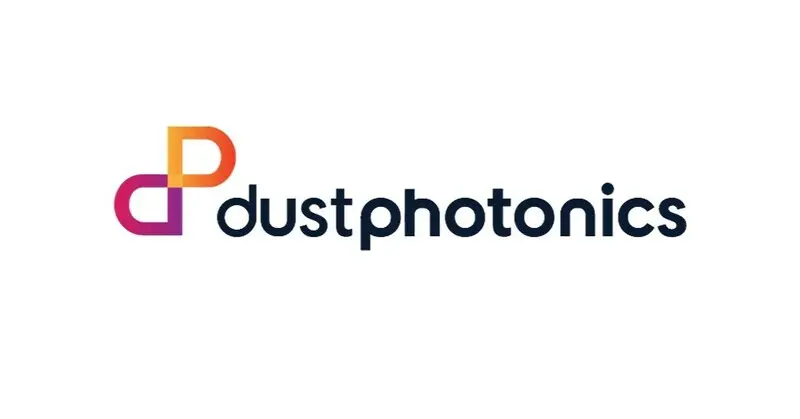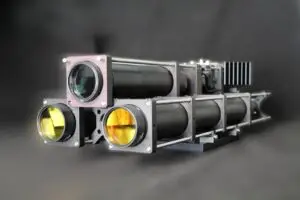At IZAK Scientific, we recently partnered with a medical device company to deliver a customized automation solution for their IPL (Intense Pulsed Light) and laser-based machines. Our goal was to streamline the production process, reduce human errors, save time, and improve precision and accuracy, ultimately enhancing production yield and quality control. The system we developed was based on radiometry calculations for robustness and combined precision hardware with intelligent automation software, transforming the way the medical device company performs calibration and quality control, while significantly saving time and money on the production line.
Project Overview
The heart of the project involved designing and implementing a complete tester system, including both hardware and software components. This involved creating a test jig integrated with a precision power meter and a mechanism to securely couple the handpiece of the IPL or laser device to the measurement system. We developed a comprehensive software application that communicated with all hardware components, from the machine’s console to the handpiece. This seamless integration allowed us to create an automated, hands-free testing environment that minimized human error and variability.
To begin the process, the application first recognized the attached handpiece model and requested user confirmation to ensure the correct device was being tested. From this point, everything was done automatically, saving about one hour of employee time. Following this, our system initiated a brief “burn-in” test, which warmed up the handpiece and verified its operational stability. Once confirmed, the self-calibration process commenced. This automated process was not only much faster but also significantly more precise.
Calibration Process
During the calibration process, our application drove the IPL or laser machine through a series of predefined states, each corresponding to different electronic driver conditions. At each state, the optical power, as well as other radiometry and optics figures, were precisely measured, and the software performed background calculations to derive calibration coefficients. These coefficients were critical for ensuring the accuracy of the system and were determined using calibrated measurement devices, chosen specifically to meet industry standards.
The system calculated a specific calibration coefficient for each operating state, which was then burned into the memory of the handpiece. This effectively tied the calibration data directly to the hardware, ensuring consistent performance and compliance with industry standards.
Verification and Quality Assurance
After the calibration phase, the system initiated a comprehensive verification process. The machine was operated at all available states, using the newly established calibration coefficients. For each state, the optical power, as well as other radiometry and optics figures, were precisely remeasured, and the corresponding fluence level was calculated. The system compared these values to the required specifications for the device, and determined whether the calibration was successful or if any adjustments were needed.
A pass/fail assessment was automatically generated for each state based on whether the measured fluence level fell within acceptable limits. This real-time assessment allowed for quick and accurate identification of any issues, facilitating immediate troubleshooting if required.
Benefits of Automation
The benefits of this automation project were substantial. We provided an end-to-end solution—from designing the tester system to implementing the software application that communicated with all hardware components. The software not only performed the calibration process with accuracy and consistency but also significantly increased production yield. The automated system replaced a tedious manual calibration process, saving the company both time and labor costs. By eliminating human intervention, we improved the reliability and repeatability of calibration, which is critical for ensuring the quality and safety of medical devices.
All documentation was digital, with digital signatures from the operator. Reports and measurement results were uploaded to the company database in the cloud, ensuring traceability and compliance—especially important for medical device companies. Additionally, the customer can now correlate machine operation reports from the field with the final test report and results, allowing for enhanced analytics and statistical insights.
This solution provided a streamlined process that enabled higher throughput on the production line, with a level of precision that would be challenging to achieve manually. The automated verification step ensured every handpiece met stringent quality standards, which is particularly important in the medical device industry where patient safety is paramount.
Conclusion
This successful collaboration with the medical device company demonstrates the value of integrating sophisticated automation solutions into production environments. By automating the calibration and verification processes for IPL and laser-based systems, we helped our client achieve faster production times, reduced costs, and improved overall product quality.
At IZAK Scientific, we are committed to providing innovative electro-optics and automation solutions that empower our partners to enhance their production processes and deliver high-quality products. If you are interested in learning more about how we can assist with your next project, feel free to reach out and contact us or visit our website.
Tzachi Sabati
CEO, IZAK Scientific
Physicist specializing in photonics and quantum technologies, with deep expertise in quantum sensors and advanced optical systems. Leads the Advanced Quantum Lab course at the Technion, bridging academic excellence with industry innovation. At IZAK Scientific, provides cutting-edge photonics-based solutions, developing customized inspection and sensing systems for R&D and production. Passionate about advancing quantum sensing applications and integrating novel technologies to meet industry needs.


